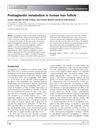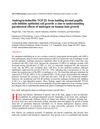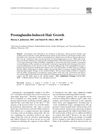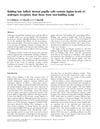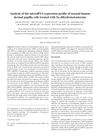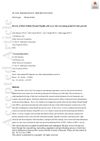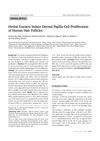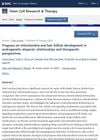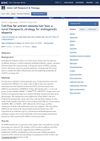Effects of Dihydrotestosterone on Rat Dermal Papilla Cells In Vitro
April 2015
in “
European Journal of Pharmacology
”
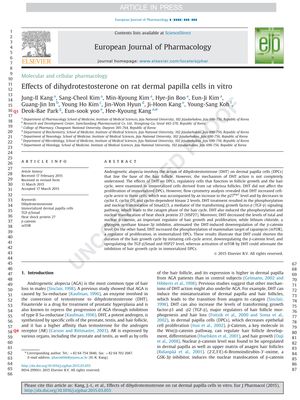
TLDR Dihydrotestosterone (DHT) doesn't affect rat skin cell growth, but it does change cell cycle, protein levels, and other cell functions, potentially shortening hair growth cycle.
In 2015, a study investigated the effects of dihydrotestosterone (DHT) on rat dermal papilla cells (DPCs), which are crucial for hair growth regulation. The study found that DHT did not impact DPC proliferation but induced cell-cycle arrest, increased p27kip1 levels, and decreased cyclin E, cyclin D1, and cyclin-dependent kinase 2 levels. DHT treatment led to the phosphorylation and nuclear translocation of Smad2/3 and heat shock protein 27 (HSP27), decreased total and nuclear ß-catenin levels, but increased the phosphorylation of mammalian target of rapamycin (mTOR). These findings suggest that DHT could shorten the hair growth cycle by initiating cell-cycle arrest, downregulating ß-catenin, and upregulating TGF-B/Smad and HSP27, while mTOR activation by DHT could counteract hair growth cycle inhibition in DPCs.
